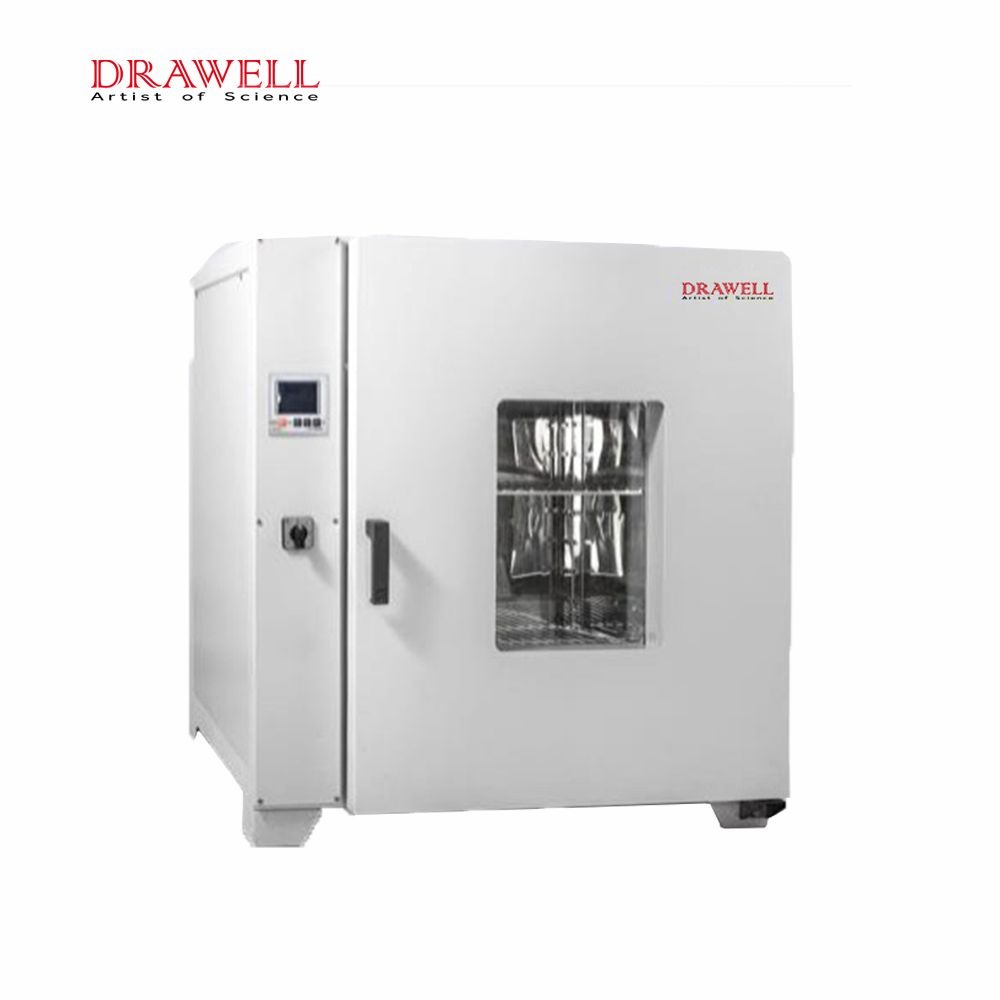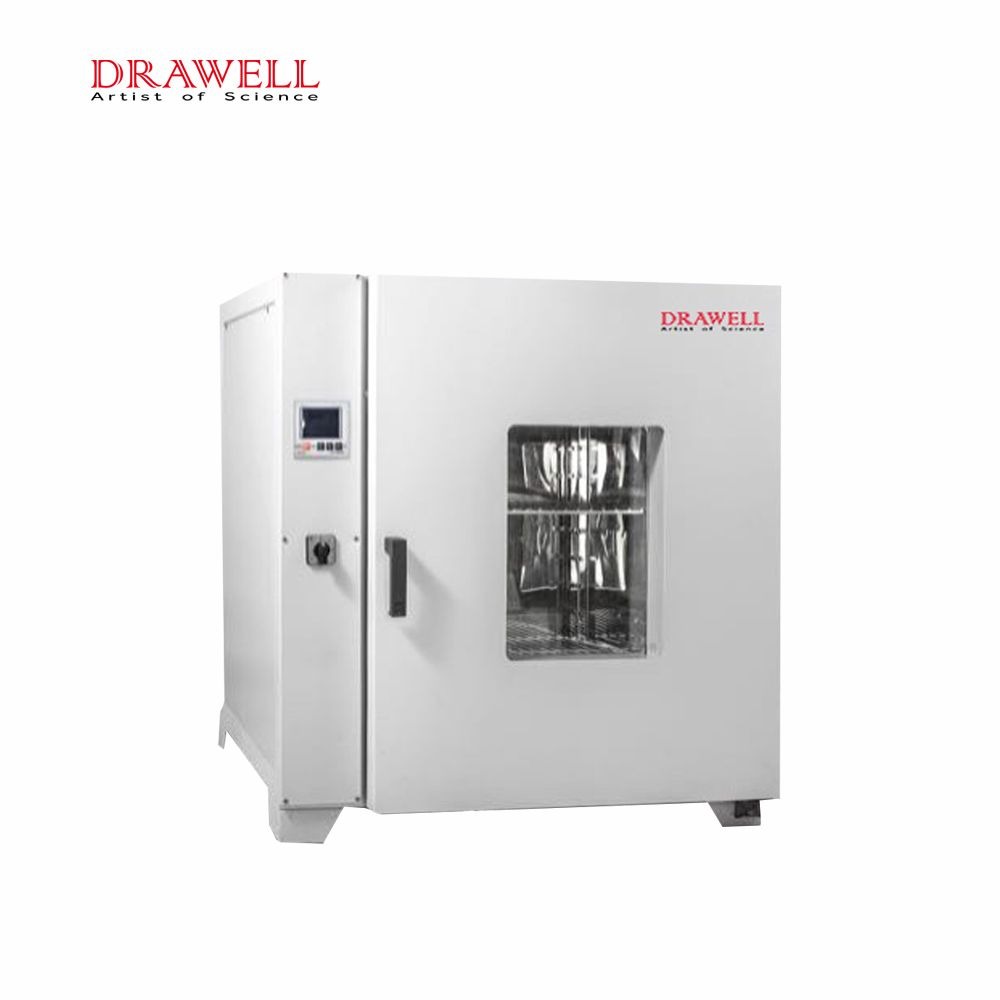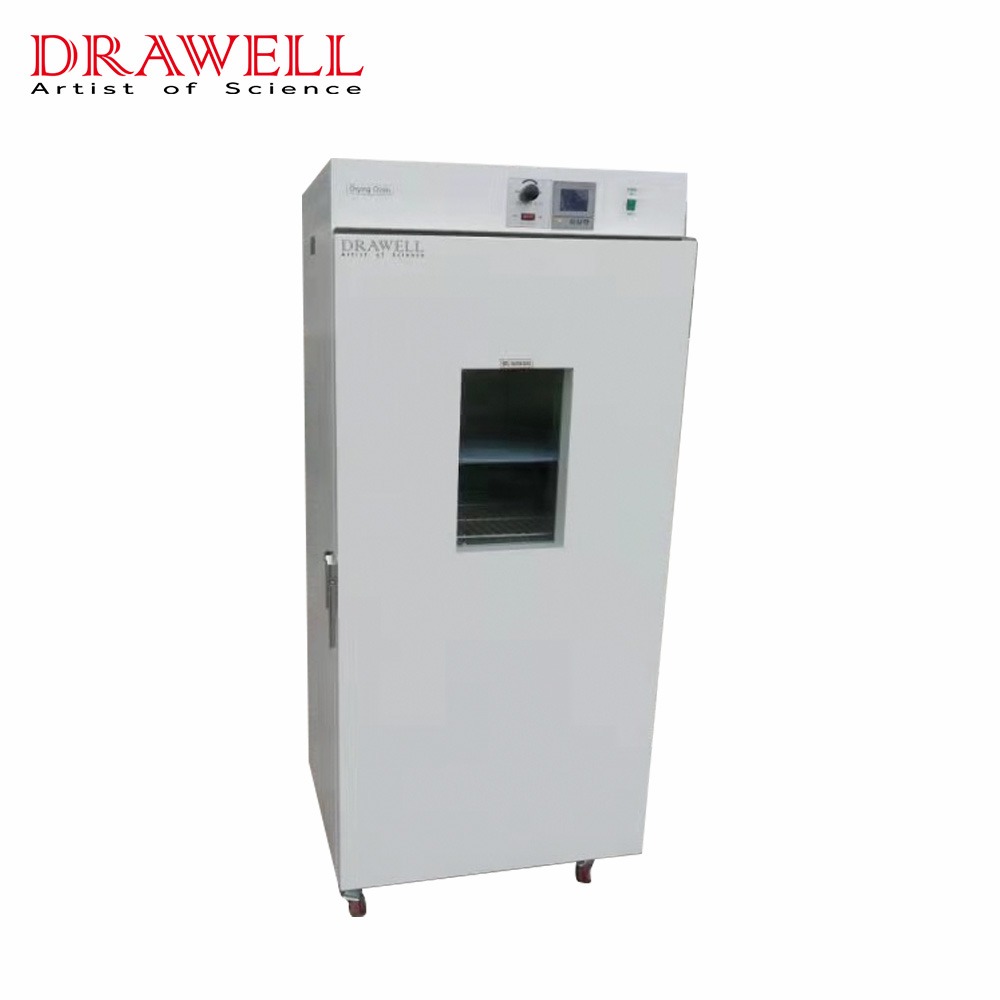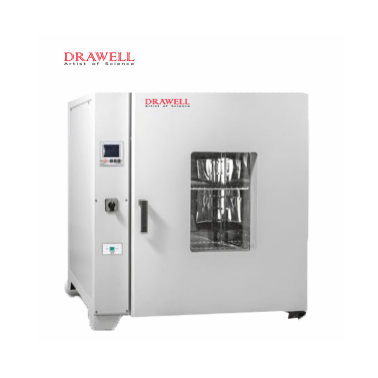In the field of advanced material synthesis, precise control over the manufacturing process is essential. Whether for nanomaterials, ceramics, or composites, maintaining appropriate drying conditions can have a substantial impact on the final product’s qualities. Constant temperature drying ovens have emerged as indispensable tools in this domain, offering researchers and manufacturers the ability to control temperature gradients, minimize defects, and optimize material properties.
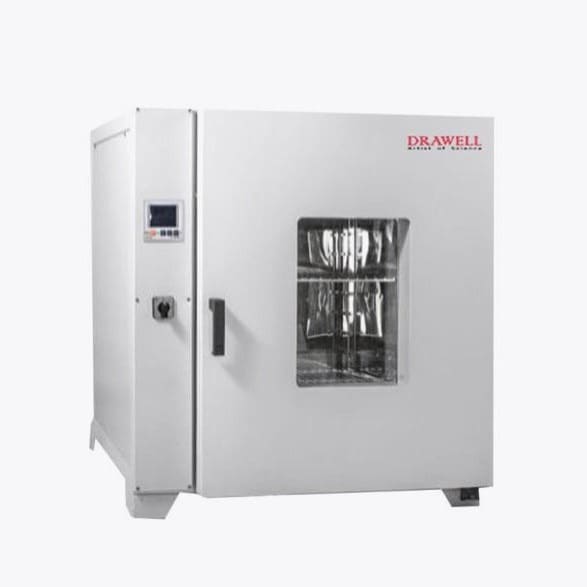
Understanding Constant Temperature Drying Ovens
Constant temperature drying ovens are specialized equipment that provide a controlled environment for drying diverse materials. Unlike traditional drying ovens, which can fluctuate in temperature, these ovens provide consistent and homogeneous heating throughout the drying process. This uniformity is critical for materials synthesis, where even tiny temperature changes might result in undesirable consequences.

Key Features and Benefits of Constant Temperature Drying Ovens in Advanced Materials Synthesis
1. Precise Temperature Control
- Constant temperature drying ovens are equipped with advanced temperature control systems, such as PID controllers, which ensure accurate and stable temperature regulation throughout the drying process.
- Precise temperature control is critical for materials synthesis as it prevents thermal degradation, phase transformations, or other undesirable effects that may occur with temperature fluctuations.
2. Uniform Heating Distribution
- These ovens are designed to provide uniform heating distribution across the entire drying chamber, minimizing temperature gradients and hotspots.
- Uniform heating ensures consistent drying of materials, preventing variations in properties and defects caused by uneven drying.
3. Customizable Settings
- Constant temperature drying ovens often feature programmable settings that allow users to tailor the drying process to the specific requirements of their materials.
- Parameters such as temperature profiles, ramp rates, and hold times can be adjusted, providing flexibility and control over the synthesis process.
4. Optimized Drying Conditions
- These ovens offer controlled environments with low humidity levels, facilitating efficient drying of moisture-sensitive materials without compromising their integrity.
- Optimal drying conditions help prevent issues such as cracking, warping, or degradation, leading to higher-quality materials with desired properties.
5. Safety Features
- Constant temperature drying ovens are equipped with safety features to protect both the materials being processed and the equipment itself.
- Overheat protection, alarms, and automatic shutdown mechanisms mitigate the risk of accidents, ensuring safe operation during prolonged drying cycles.
6. Energy Efficiency
- Many modern constant temperature drying ovens are designed with energy-efficient features such as insulated chambers and optimized airflow systems.
- These features minimize heat loss and energy consumption, reducing operating costs and environmental impact while maintaining consistent drying performance.
7. Scalability and Reproducibility
- Constant temperature drying ovens are available in a range of sizes and configurations to accommodate various batch sizes and types of materials.
- Their consistent performance and reproducibility make them suitable for both research and industrial-scale synthesis, facilitating scalability and ensuring consistent product quality.
8. Versatility
- These ovens are versatile tools that can be used for drying a wide range of materials, including powders, gels, films, and bulk samples.
- Their compatibility with different materials and synthesis techniques makes them valuable assets in diverse fields such as nanotechnology, ceramics, polymers, and thin film deposition.
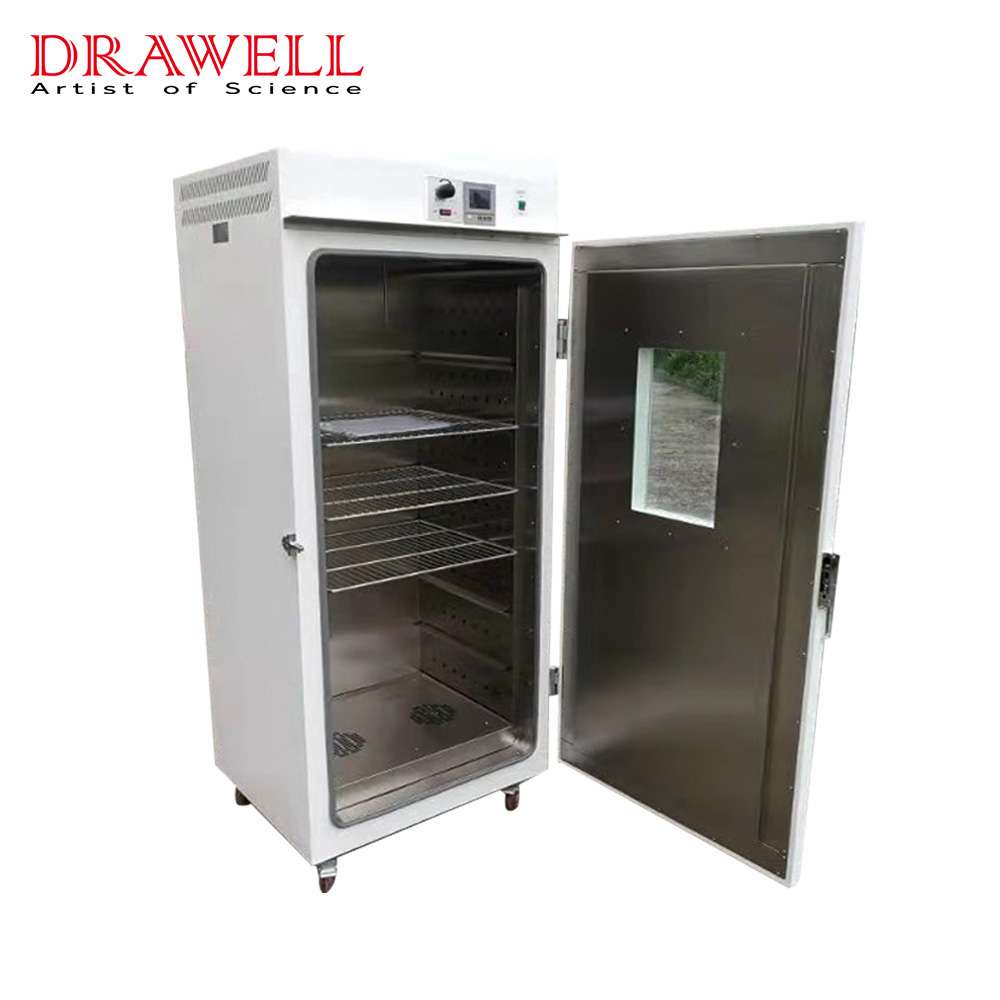
Applications of Constant Temperature Drying Ovens in Advanced Materials Synthesis
Constant temperature drying ovens play a pivotal role in advancing materials synthesis across a wide range of disciplines. Their applications are diverse, catering to the unique requirements of different materials and processes.
1. Nanomaterials Synthesis
- Nanoparticles: Constant temperature drying ovens are used in the synthesis of nanoparticles through techniques such as sol-gel processes, hydrothermal synthesis, and chemical vapor deposition. These ovens ensure uniform and controlled drying conditions, crucial for maintaining the size, morphology, and crystallinity of nanoparticles.
- Nanocomposites: In the fabrication of nanocomposites, constant temperature drying ovens aid in removing solvents or dispersants from the composite matrix while preserving the distribution and alignment of nanofillers, thus enhancing the mechanical, electrical, and thermal properties of the composite materials.
2. Ceramics Processing
- Green Body Drying: In ceramic processing, constant temperature drying ovens are employed to remove moisture from green bodies, which are formed ceramic components prior to firing. Uniform drying prevents cracking, warping, or uneven shrinkage, ensuring the integrity of the final ceramic product.
- Binder Burnout: For ceramic materials fabricated using binders or organic additives, constant temperature drying ovens facilitate controlled removal of these components through gradual heating, preventing defects and preserving the structural integrity of the ceramics.
3. Polymer Composite Fabrication
- Solvent Evaporation: Constant temperature drying ovens are utilized in the fabrication of polymer composites to evaporate solvents from polymer solutions or suspensions. This process enhances the adhesion between the polymer matrix and reinforcing materials, such as fibers or nanoparticles, leading to improved mechanical properties and dimensional stability.
- Resin Curing: In composite manufacturing processes like resin infusion or wet lay-up, constant temperature drying ovens provide controlled heating to facilitate the curing of resin matrices, ensuring uniform cross-linking and minimizing void formation within the composite structure.
4. Thin Film Deposition
- Solvent Removal: In thin film deposition techniques such as spin coating or dip coating, constant temperature drying ovens assist in removing residual solvents from deposited films. This step is crucial for achieving uniform film thickness, improving adhesion, and enhancing the optical, electrical, or magnetic properties of the thin films.
- Precursor Decomposition: For chemical vapor deposition (CVD) or atomic layer deposition (ALD), constant temperature drying ovens are employed to decompose precursor molecules or compounds, generating the desired thin film materials on substrates with precise control over film thickness and composition.
5. Biomaterials Synthesis
- Scaffold Drying: In tissue engineering and regenerative medicine, constant temperature drying ovens are utilized in the fabrication of porous scaffolds for cell culture and tissue regeneration. Controlled drying conditions ensure the maintenance of scaffold structure and porosity, facilitating cell attachment, proliferation, and differentiation.
- Drug Delivery Systems: Constant temperature drying ovens play a role in synthesizing drug-loaded carriers or microspheres for controlled drug release applications. Precise drying conditions are essential for preserving the stability and efficacy of encapsulated drugs while tailoring release kinetics to specific therapeutic requirements.
Conclusion
Constant temperature drying ovens represent a cornerstone technology in the realm of advanced materials synthesis. By providing precise control over temperature and heating distribution, these ovens enable researchers and manufacturers to optimize the synthesis process, enhance material properties, and unlock new possibilities in various fields of science and engineering.

